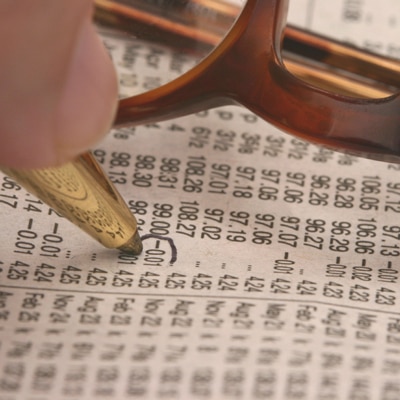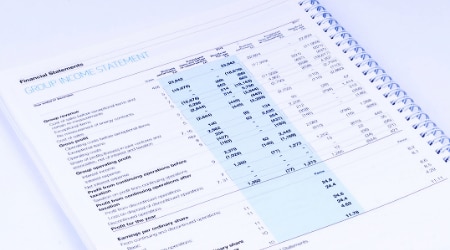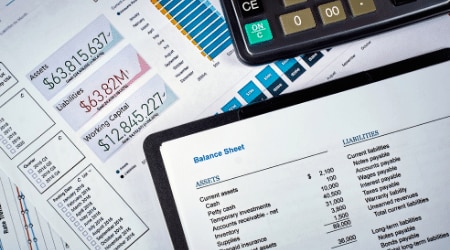Magic Computer Accounting!
Along came the personal computer, for which the software evolved fairly quickly, and today we no longer have to duplicate our entries. When we set up the chart of accounts properly, we only have to enter each transaction once, and it appears in all the appropriate journals (now generally called “reports”), as well as in the detailed general ledger.
This detailed report means you can see every single transaction that went into every account. With a view of all entries, it’s easy to spot payments or deposits that don’t belong in a particular account. This helps your tax professional clean up your books before preparing your tax return.
For example, when looking at automobile expenses, you can see each check or credit-card charge that you entered—for gasoline, car washes, repairs, car payments, etc. This is a very common mistake.
The car payments don’t belong in automobile expenses, because those are loan payments. Part of the payment belongs on the balance sheet, where it reduces the loan balance, and part of that payment goes to the interest expense on the car loan.
Another common error is when the officer or owner deposits money into the company bank account to cover expenses. Sometimes these accidentally get posted to an income account. By being able to see this kind of detail, we can either correct the original entry and put it into the correct account (loan from owner/shareholder), or make a journal entry to preserve the “audit trail.” (That means your books show all the changes made by you, your staff or your tax professional.)
To get the most out of your general ledger (and all other reports), set up the company’s structure properly. Hire someone with experience, or learn how to set up the chart of accounts and classifications for your company’s accounting system.
Creating the right structure in your accounting system means you can track sales and costs of specific products, services or projects, as well as cost of goods sold. It also allows you to monitor all activity in separate divisions, track inventory and vendors, as well as anything else that is important to help you make good decisions.
It’s also worth it to sit down with someone like a QuickBooks Pro Advisor who is experienced in your industry and can help you manage your company’s financial operations.
Once you do this and learn how to record routine and unusual transactions, you’ll be in great shape to maintain your own records. You’ll also learn how to attach copies of documents to your transactions—like printable invoices, contracts, shipping documents, cancelled check copies or anything else you need to support a deposit or payment.
To see a list of documents your business needs to save in order to ensure your accounting is compliant, click here.













